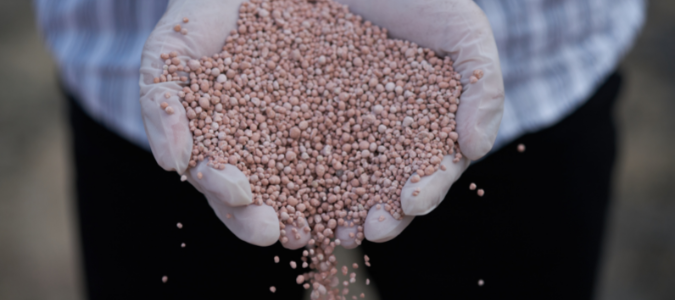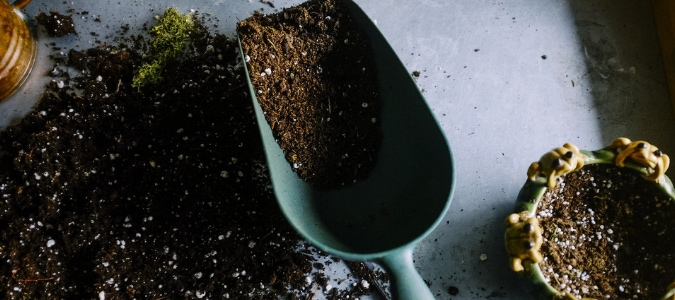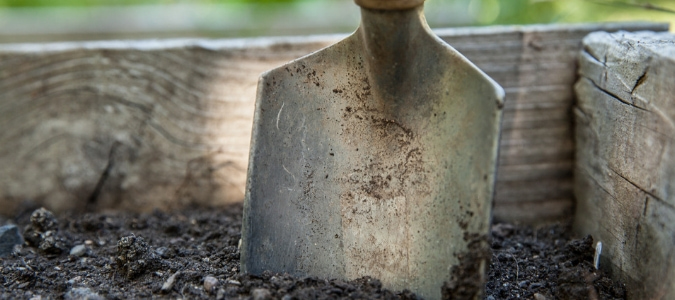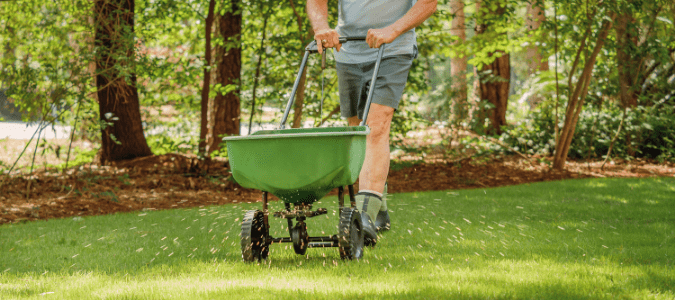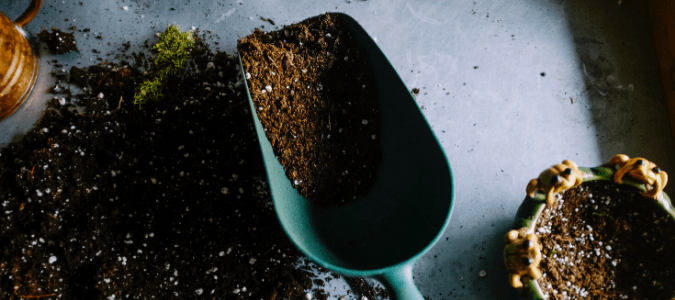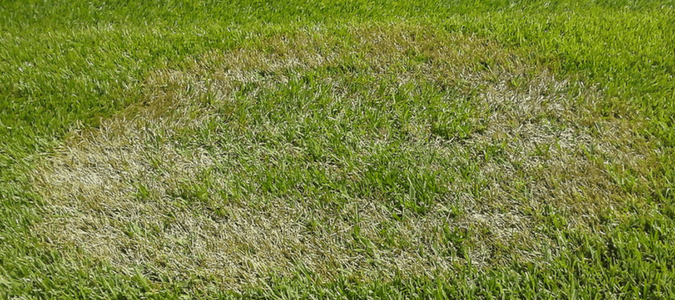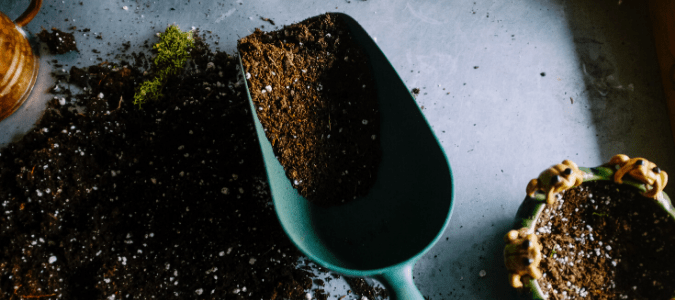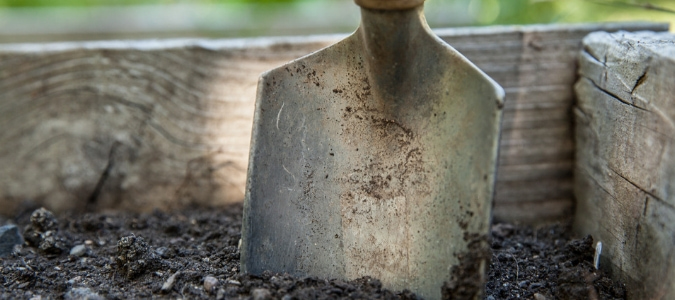Should You Fertilize Before or After Mowing?
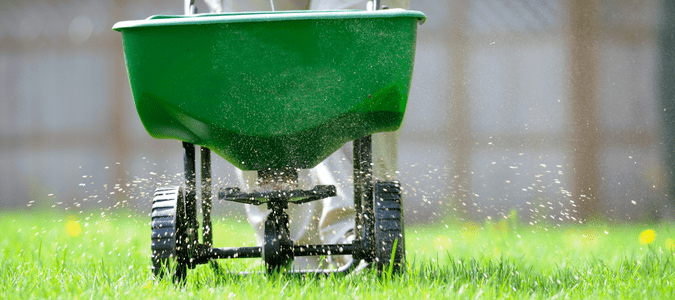
When you get a little rain it seems like the perfect time to get your lawn growing. But, there are a few things you need to consider before going all out on your landscaping, especially when deciding if it’s better to fertilize before or after mowing.
Before you fertilize your lawn, understand that you will need to wait 24 hours until you water. That gives the fertilizer time to settle into the lawn before you give it a solid soaking. If you aren’t getting much rain and still want to fertilize your lawn, give it a good soaking one or two days before you plan to fertilize. Then, lightly water again after the fertilizer settles. It’s possible to do all this yourself, but hiring a professional can be much easier. An expert knows exactly how much fertilizer to add to your lawn and how much to water after application.
If you choose … Read Full Post »
